Bringing the Mac back to "utility" is the change Apple has made to Apple computers as they enter the M-chip era.
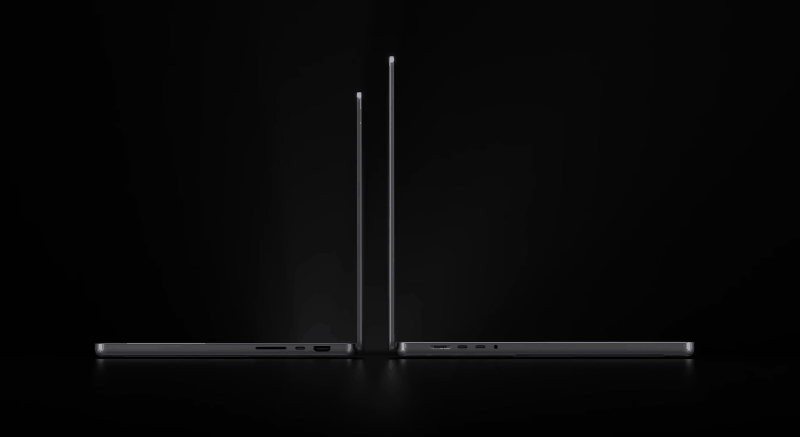
Even with the M1 Series chips with excellent power efficiency, Apple designed the new MacBook Pro, Mac Studio with Pro-level people in mind and prioritized the internal Pro Workflow team.
So we have a Pro-class Mac with a stronger active cooling system, and room for cooling.
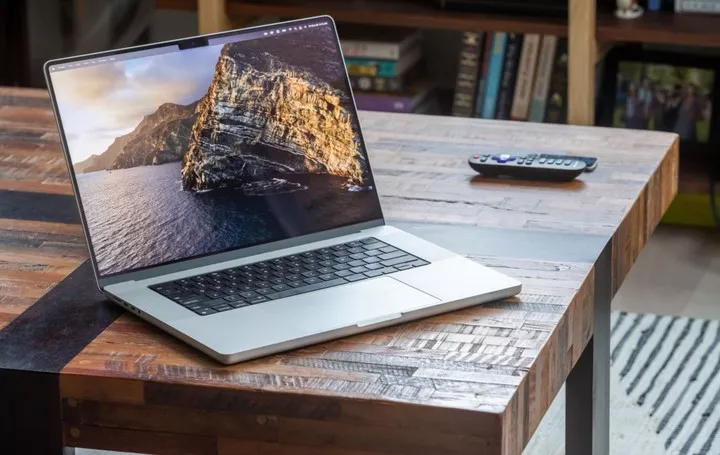
And since it's not all about "thinness," Apple has also optimized the much-criticized butterfly keyboard, TouchBar, and sparse ports to turn the MacBook Pro back into a productivity tool rather than a "work of art.
Quietly, the MacBook Pro 14 has become Apple's most cost-effective Mac of the moment, bar none, and even subsequent M2-chip offerings have failed to shake its status.

▲ The MacBook Air that focuses on thinness, not performance
In some ways, the new MacBook Pro may not be as thin and light as the MacBook Air, and it may not have the performance of the Mac Studio, but there's no denying that it's the 'most versatile' option available today.
Such a trend may very well carry over to the iPad Pro lineup as well.
The current iPad Pro has a shortcoming.
After Apple announced iPadOS 16, the features began to align with macOS and began to pull away from iOS, as if iPadOS was a mobile system spun off from macOS.
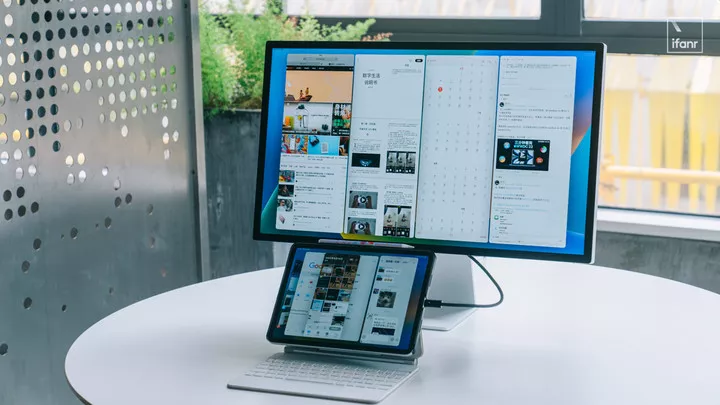
The horizontal screen represents the Pro-level scene
iPadOS 16 also emphasizes "landscape" operation, either standalone or with an external keyboard, or even with a large display "on fire".
"With this feature, the iPad Pro is closer to a "personal computer" than it is to half productivity and half Lovecraft.
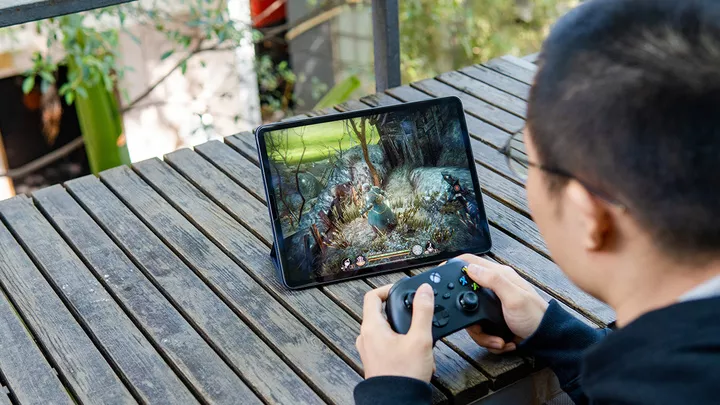
In our previous experience, with iPadOS 16, the iPad Pro was more than capable of replacing our traditional Mac workflow at the moment, and iPadOS has somewhat unlimited potential.
But it's the USB-C port that limits the iPad Pro's ability to play a more "productive" role.
This is not a reference to the form of the interface, or the rate of the interface, rather, the iPad Pro already has the Thunderbolt 4 interface on it, which is already the highest specification for Apple products.
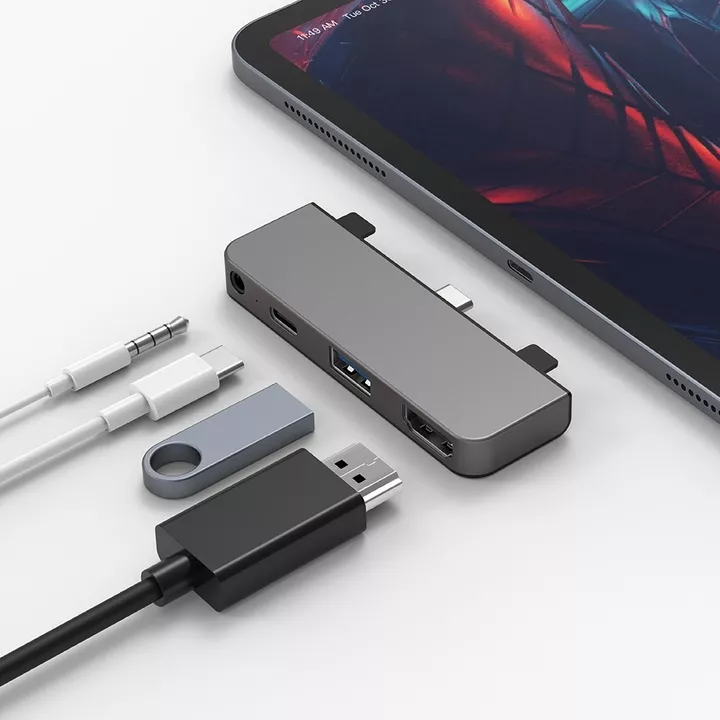
Rather, the number of ports on the iPad Pro is so small that, similar to many smartphones, it offers only one USB-C port.
Even though the Thunderbolt 4 has a decent amount of bandwidth and can be used for many needs all in one, for the Pro class, the single interface really limits the tooling attributes of the iPad Pro.
In fact, as the iPad Pro has become more of a productivity tool, Apple has begun to make up for the number of ports.
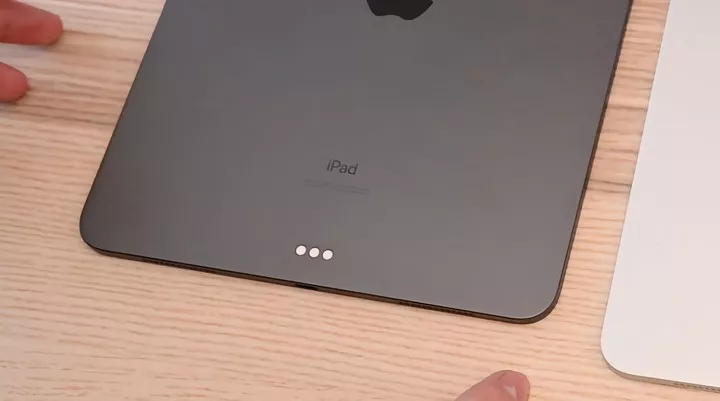
In addition to the universal connector USB-C (Lightning), the iPad Pro has been designed with a "three-pin smart connector" on its body since the first generation to facilitate the external smart keyboard.
The "Smart Keyboard" category has been gradually expanded to three types: Smart Keyboard, Keyboard Smart Clip and Smart Control Keyboard.
The keyboard has a USB-C port on the spindle, which is used to charge the iPad Pro via a "three-pin smart connector" between the body and the keyboard, so that the Thunderbolt 4 on the body can be used for expansion.
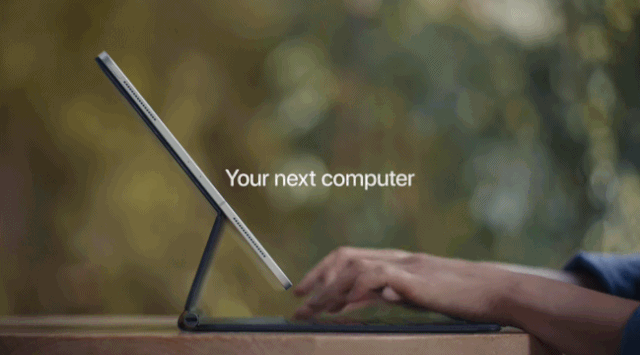
But, the three-pin smart connector is only designed for connecting keyboards, perhaps because of bandwidth issues, and can't be used to transfer data and fast charging.
The three-pin smart connector is arguably even more "closed" than the Lightning connector, so the expandability speaks for itself.
Three stitches to four, one to two
According to conventional thinking, adding a Thunderbolt interface to the iPad Pro would turn it around, but the iPad Pro has its own "plans" for future interface configurations, as well as the Wonder Control Keyboard II.
In terms of expandability, Macotakara, based on reliable supply chain sources, says that the new iPad Pro series will not change the design style, but will upgrade the "three-pin smart connector" to a "four-pin smart connector" and increase the number by one, on the top and bottom edges respectively.
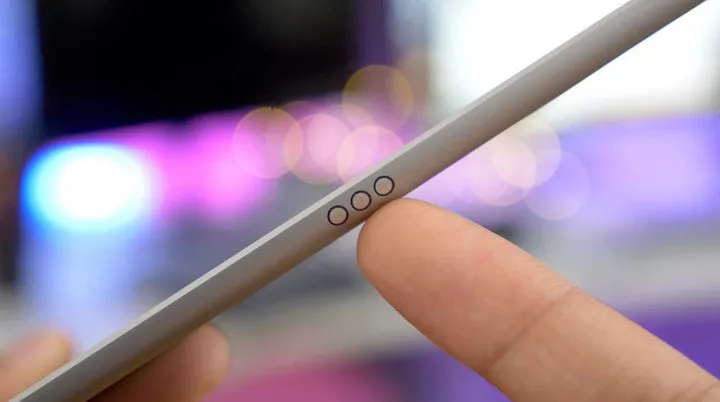
The "three pin" to "four pin" basically extends the bandwidth of the original connection and does not rule out a speed increase. And the increased number will most likely bring new accessories and new features to the iPad Pro.
Previously, to ensure expansion, Apple was rumored to be considering introducing MagSafe magnetic charging for the iPad Pro.
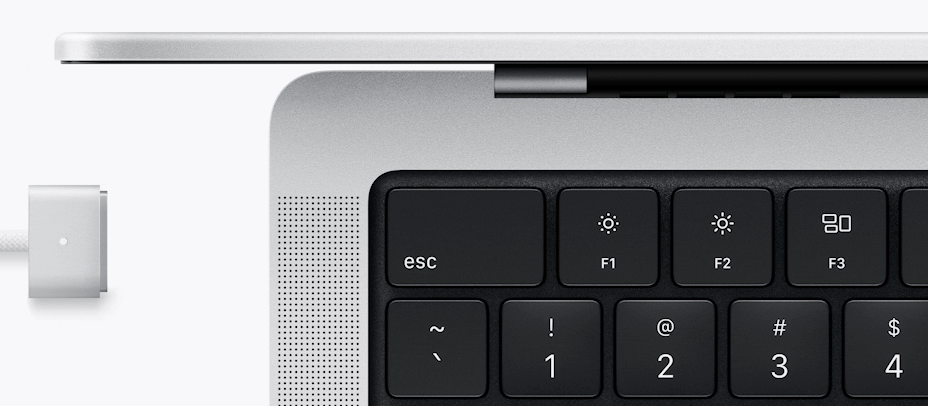
It was more commonly thought that the MagSafe on the iPad Pro would be similar to the iPhone, existing in a fixed area on the back and compatible with the current MagSafe charger.
However, combined with Macotakara's report, the MagSafe on the iPad Pro may actually more closely resemble a similar charging form factor on the MacBook Pro, with MagSafe and Thunderbolt working in tandem.
And the four-pin connector on the back cover not only brings fast charging to iPad Pro itself, but also powers peripherals attached to iPad Pro.

To this end, iPadOS 16 also allows device manufacturers to create drivers for iPad by adding DriverKit.
The new 'four-pin smart connector' is different from universal connectors such as USB-C, it will still be exclusive to iPad Pro and will need to be used with an additional official accessory.
Back in April of this year, Apple was also granted a patent for the next generation of the Myriad Control Keyboard, which was published along with it. From the patent image, we can see that the biggest change of the new generation of Myo-controlled keyboard will probably be the folding form, as well as having Apple Pencil storage space.
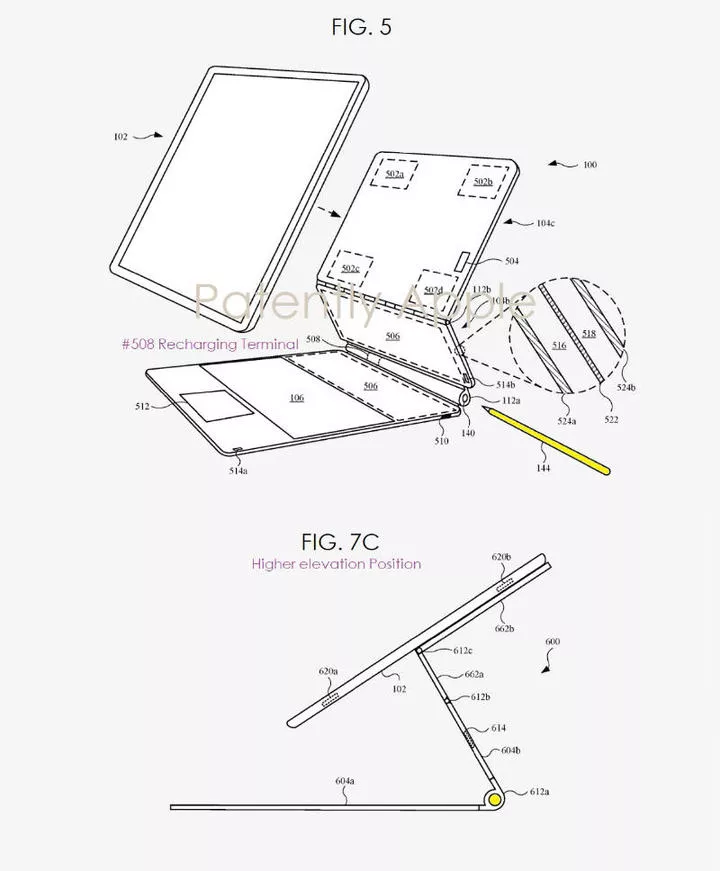
The iPad Pro's second keyboard now opens up to just one angle and laptop form, which is slightly one-dimensional.
And the patented keyboard adds a "drawing pad mode" that provides a drawing pad form without disassembly.
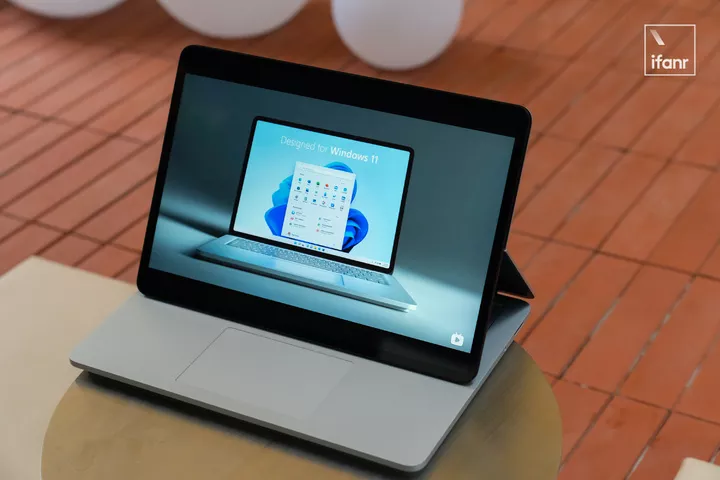
▲ Surface Laptop Studio
In fact, these two forms are very close to the '3-in-1' form of Microsoft's Surface Laptop Studio.
With more forms of the new Wonder Keyboard, and a more expandable iPad Pro, and with iPadOS 16, the iPad Pro has a brighter future.
Has it really become practical?
With a richer interface and a more powerful iPadOS, the iPad Pro is theoretically becoming 'practical' as well.
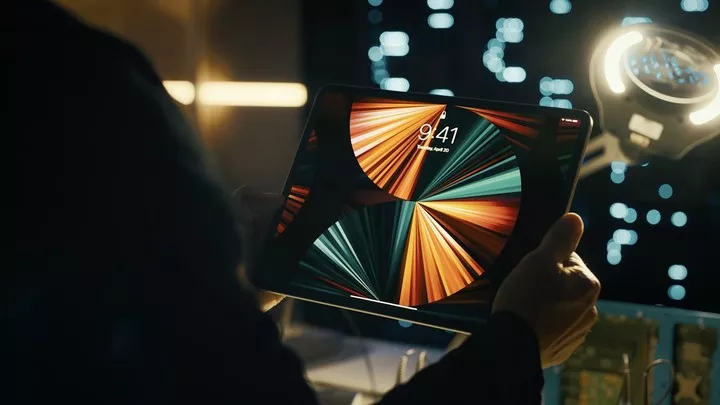
Unlike the MacBook Pro, however, the extra four-pin Smart Connector is not a universal connector, and Apple has no plans to open up the protocol.
Also, the reliability of the similar magnetic pin contact interface remains in doubt, with the first generation iPad Pro, and now the wonderfully controlled keyboard, having poor contact conditions.
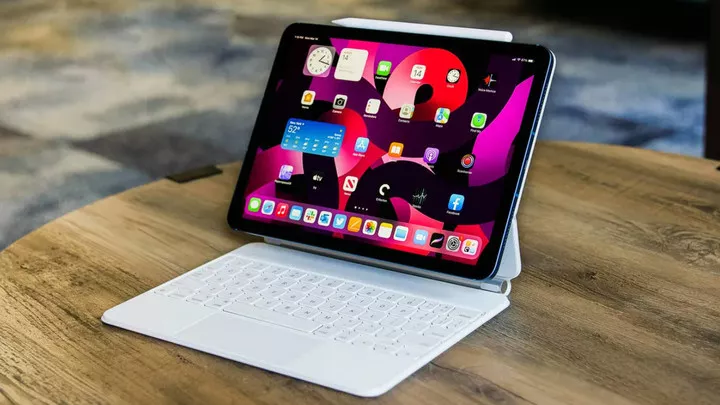
Extending connectivity by adding contacts is indeed easily achievable, but it's rather unprofessional for a Pro device to still use a less reliable interface instead.
With the addition of the contact port, it is difficult for the old accessory to be compatible with the new device, very similar to the iPad Pro when the design was changed and the contacts changed position, connecting the official keyboard must require a new purchase.

After the changeover, old accessories, old keyboards, etc. also tend to raise corresponding 'environmental' issues.
The main change that makes the new MacBook Pro so "practical" is the variety and versatility of ports, from SD card slots to HDMI, and the availability of MagSafe 3 and Thunderbolt 4 for fast charging.

▲ Image from: The Verge
But when it comes to the iPad Pro, if the rumors are true, the introduction of the "four-pin smart connector" is just an enhancement for today's needs, not a comprehensive consideration for the future.
For the new iPad Pro to become even more useful, it's really just a matter of adding another USB-C to the body.